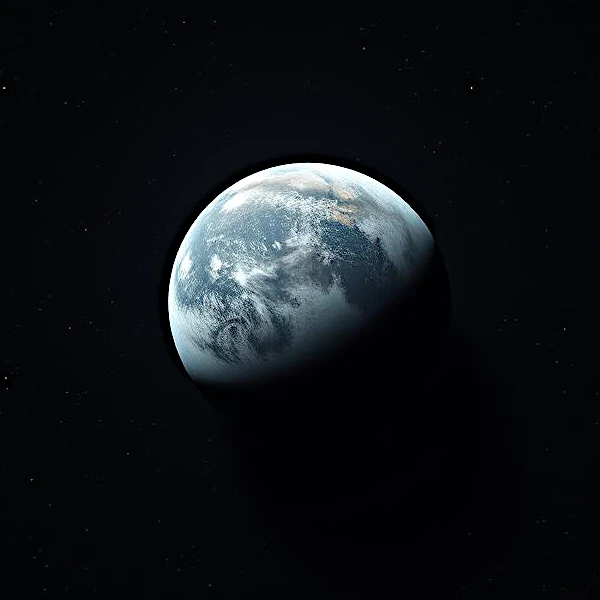
“Are we alone in the Universe?”. This question has been on the minds of our astronomers for a very long time. To answer this question, we need to know whether or not there are other planets where other forms of life could develop, hence the quest for exoplanets.
Exoplanets are, by definition, located outside our solar system. Given the large number of existing galaxies and the large number of stars they contain, the search for these exoplanets or extrasolar planets is endless. Detecting such planets is not easy, however. They are very far from us, do not produce light, and the star around which they orbit blinds us. The Hubble Space Telescope can only see Pluto as a small spot. So how can we find an extrasolar planet, millions of times farther away than Pluto?
The Earth orbits the Sun, but in reality, if a star is accompanied by a single planet, both orbit the center of mass of the gravitational system they compose. Given the much larger mass of the star, the center is much closer to the latter than to the planet. Even if it is inside the star, it does not exactly correspond to the center of it.
The star therefore shows a certain variation caused by the presence of the planet. This technique consists of discerning these variations in the spectrum of the light emitted by the star.
By the Doppler effect, it appears redder if it moves away from the observer, bluer if it approaches.
Several methods allow the detection of exoplanets in our galaxy. Here are the main techniques used by astronomers:
Limitation: more effective for massive planets close to their star.
Limitation: requires perfect alignment between the star, the planet, and the observer.
Limitation: most effective for young, massive, and distant planets.
Limitation: unique and non-reproducible phenomenon.
Limitation: requires extreme precision of measurements.
These methods have led to the discovery of thousands of exoplanets, revealing the diversity of planetary systems in our galaxy.
The hunt for exoplanets involves detecting the oscillations of stars with characteristics identical to the Sun.
This hunt is mainly limited to gas giants that orbit their star.
The amount of dust and gas in a protoplanetary nebula determines the size and number of planets that will form from this disk.
If the amount of dust and gas is very large, a second and then a third giant are created.